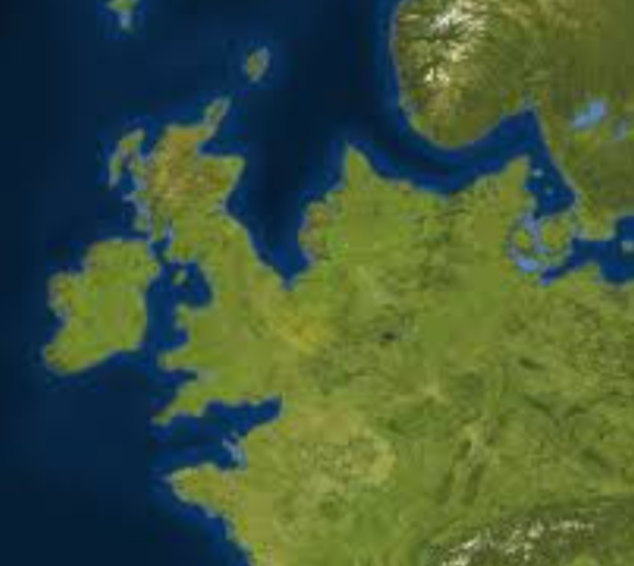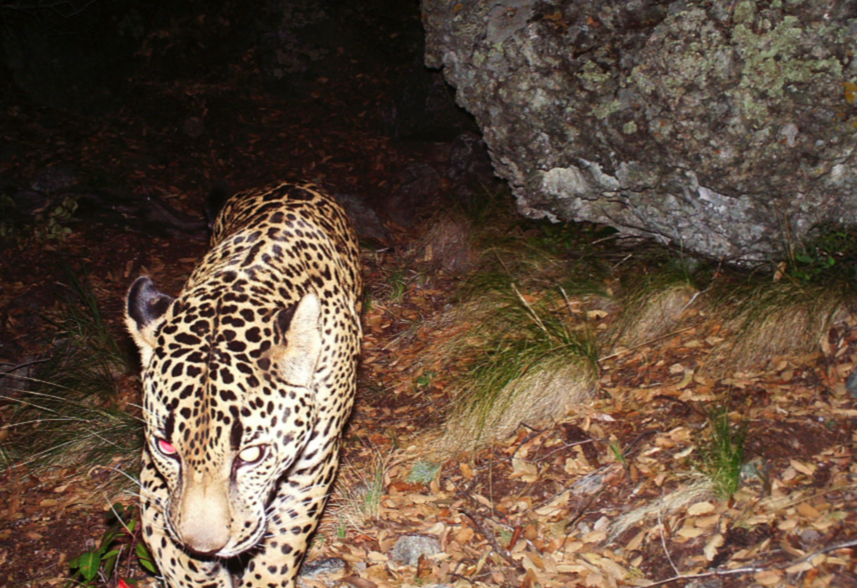Doggerland. Have you heard of that? Most likely not, but historians or archeologists might have. Just imagine it. Thousands of years ago, the British Isles were connected to the European mainland. Or that before the North Sea, there was instead a vast area of land inhabited by Mesolithic humans, or Neanderthals to be exact. It’s insane, but true.
During the early 20th century, or even before that, fishermen often reeled up unusual items that suggested the presence of life forms. It wasn’t until 1931, when a fishing trawler hauled up a barbed antler point near the North Sea’s Leman and Ower Banks, which was quickly identified as a Mesolithic tool, that people began to wonder, “Is there a presence of prehistoric humans under the Sea?”
However, until the 1990s, when the region was formally named “Doggerland” by Bryony Coles after the Dogger Bank, there was no known recorded name for the mysterious region. Now that Doggerland has been introduced, you must be wondering, how did it disappear?
That’s quite simple: rising sea levels.
That’s quite simple: rising sea levels.
After the last Ice Age, which occurred approximately ten thousand years ago or more, glaciers began to melt and flood the world. Despite this, researchers believed that the Storegga Slide had been the main cause for accelerating Doggerland’s descent beneath the waves. With the rising waters, prehistoric humans were forced to migrate to other places, and you’ll quickly realize that one of these locations is today’s Great Britain. That’s quite shocking, isn’t it?
The countries we had always thought of as islands had once been a part of a bigger land. Another interesting fact is that, possibly, the main reason why these islands have existed to this day is simply the fact that they were the higher grounds that hadn’t been submerged. Imagine if they had actually been submerged, we would have a giant gap in history, and the modern era could’ve been altered to be unrecognizable! Ouch.
During investigations of the lost region, archaeologists and paleontologists discovered many things about what had once existed in Doggerland. Stone tools were commonplace back then, and quite ancient, as they were only gradually replaced between 4000 BC and 2000 BC with the introduction of the Bronze Age. And as for how ancient the Stone Age is, well, it roughly started around 2 to 3 million years ago. Other things that were discovered are Neanderthal human bones, preserved footprints, as well as teeth and tusks from animals such as mammoths. The Neanderthals were hunter-gatherers who mainly lived off hunting large prey, and one of these prey was mammoths. Yeah, they actually had the guts to hunt an animal that is comparable to modern elephants in strength with spears. What a vicious and stubborn species, but not enough to save them from extinction. Such a tragedy.
In summary, Doggerland is named after the Dogger Bank. It was a huge region in Northern Europe that was submerged by rising sea levels, and a devastating tsunami caused by the Storegga Slide. The land was once home to Neanderthals, who were a primate group of hunter-gatherers, and stone tools were found under the sea as evidence of prehistoric human presence in the region.









